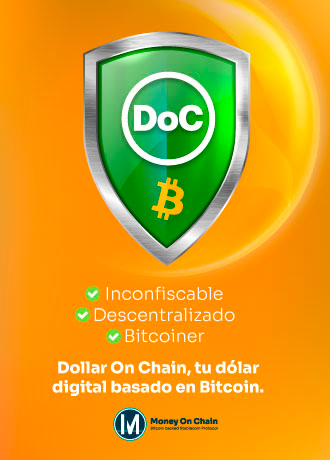Las aplicaciones de la tecnología blockchain en la industria alimenticia siguen progresando a pasos firmes. En este rubro, ya vimos la innovadora propuesta de Costaflores al crear una criptodivisa respalda en el vino y su curioso dispositivo «musical» blockchain. Ahora, y sin querer quedarse atrás, la empresa Dervinsa desarrolla un proyecto blockchain en Argentina para certificar la calidad de sus productos derivados del vino. Así lo reportaron en el portal de noticias Sitio Andino.
Este movimiento sitúa a Derivados Vínicos S.A, como la primera empresa de su rubro en aplicar blockchain a sus productos (específicamente al ácido tartárico, aguardiente y aceite de pepita de uva). Todos esos productos se realizan gracias a los residuos resultantes de la producción de vinos en el país. El objetivo del proyecto es brindar al usuario la información pertinente y confiable sobre la trazabilidad de estos insumos.
Según expresa el portal citado, esta plataforma permitirá otorgar un certificado infalsificable que determine la calidad y procedencia de los productos de Dervinsa a toda su cartera de clientes, bodegas, o industrias farmacológicas.
Un producto 100% natural con certificado
Para realizar la prueba piloto de este proyecto, Dervinsa cuenta con el apoyo de la empresa tecnológica OSCity. Con una ascendencia argentino-mexicana, OSCity ofrece servicios digitales en desarrollo de software para generar un ambiente en ciudad sostenible.
Así, y en conjunto con el asesoramiento de Damasia Bohtlingk buscan no solo demostrar la propia naturaleza de sus productos, sino también los beneficios de la aplicabilidad de la tecnología blockchain a elementos de la cotidianidad. En su sitio web, Dervinsa refleja que buscan demostrar «el potencial del blockchain para certificar sus productos». Añaden además, que la tecnología blockchain permite una fácil verificación de los datos referidos debido a su transparencia lograda por la descentralización que confiere esta tecnología.
Aunque Dervinsa tenga el honor de ser una empresa pionera en tecnología blockchain para los derivados del vino, lo cierto es que en todo el país austral se desarrollan diversos proyectos que buscan aprovechar los beneficios de la tecnología blockchain. Desde juegos de video, hasta plataformas de video en línea, Argentina sigue innovando y descubriendo aplicaciones de esta tecnología. De hecho, este entusiasmo se verá también reflejado en el próximo evento criptográfico realizado en septiembre en la capital de Córdoba.







Discussion about this post